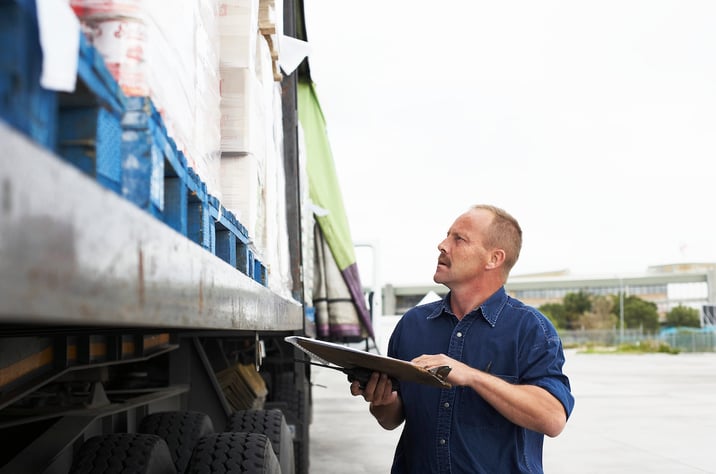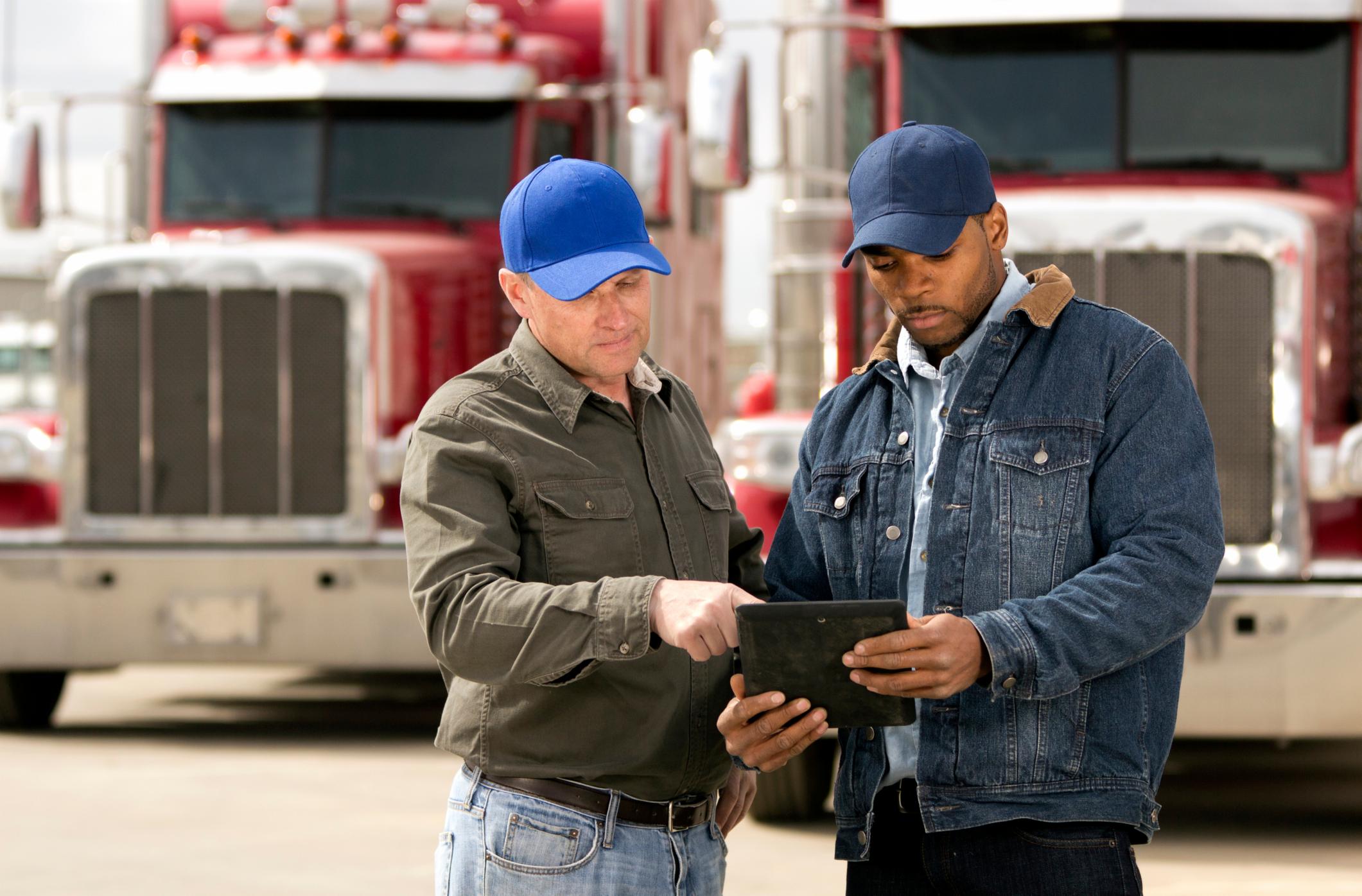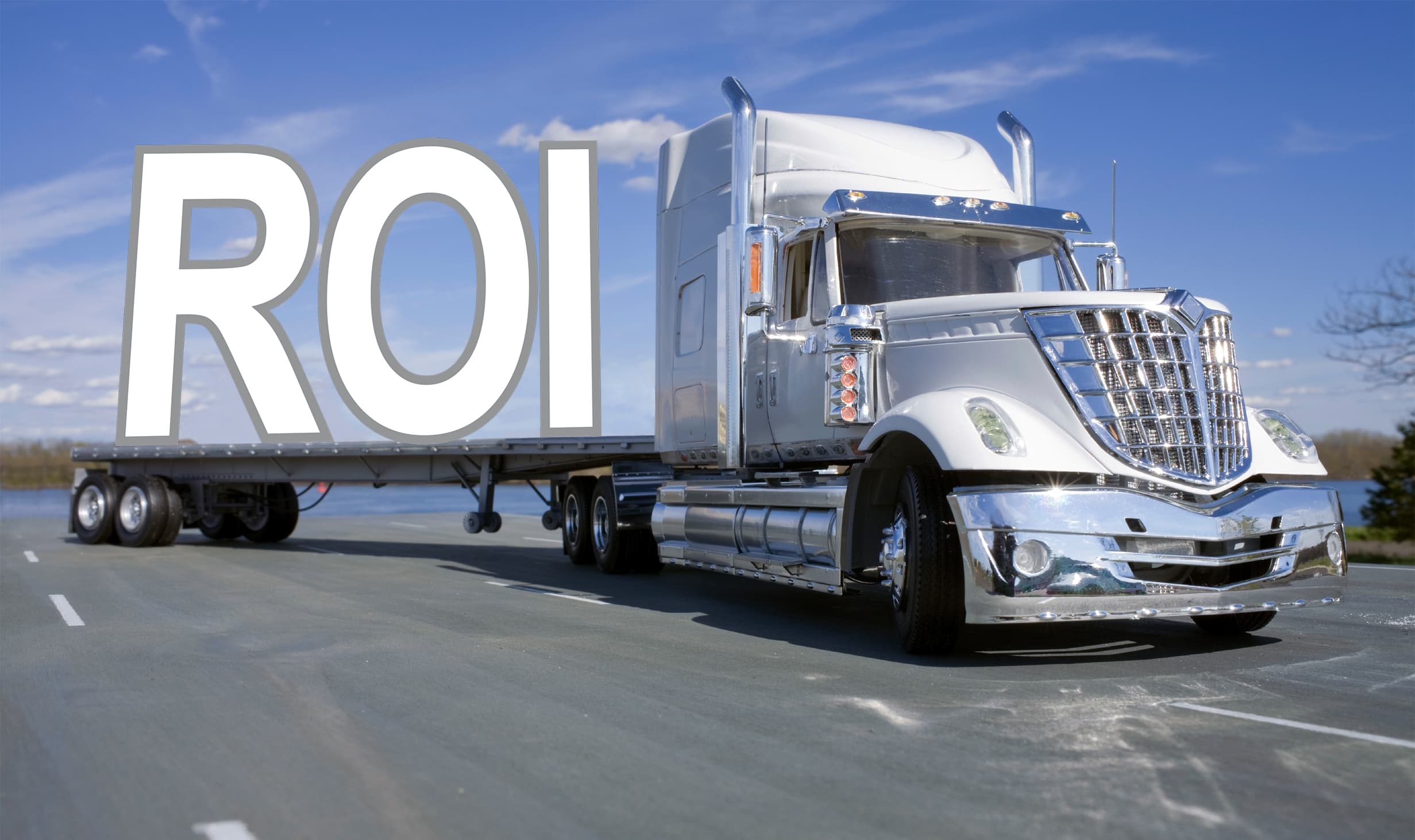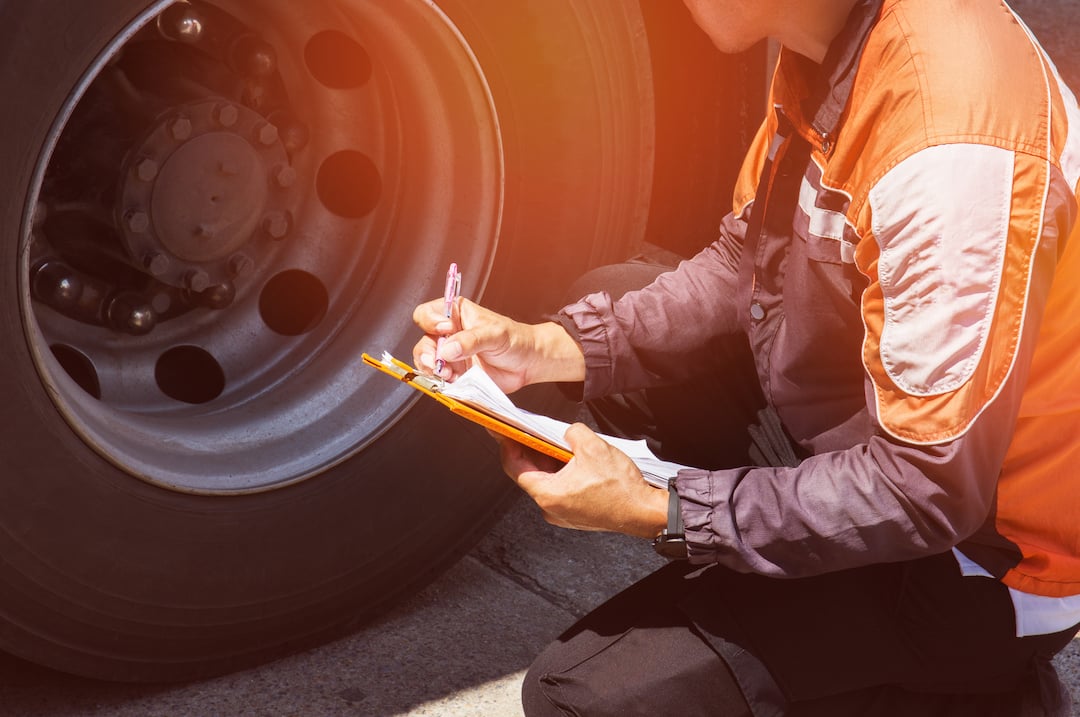Vehicle inspections: a 15-point list

DAILY TASKS
- Review the Driver Vehicle Inspection Report (DVIR) for the vehicle to be operated, if one exists.
- Conduct a thorough pre-trip vehicle inspection, preferably using a company approved checklist.
- Verify if previously reported defects and discrepancies have been repaired before operating the vehicle. If repairs are complete and the vehicle is deemed safe to operate, sign the DVIR and turn it into the motor carrier for record keeping.
- If new defects or discrepancies are found during the course of the day, prepare a new DVIR and turn it in at the end of the day.
- If no new defects or discrepancies are found, the driver is not required to complete a new DVIR.
VEHICLE INSPECTION AREAS

KEY REMINDERS:
- Metal parts cannot be broken or cracked and must be securely mounted.
- Rubber parts should have no abrasions, bulges, or cuts.
- Parts holding fluidor air cannot be leaking.
- Tractor (Front) – Lights, windshield, reflectors, steering, suspension, etc.
- Tractor (Engine Compartment) – Leaks, fluid levels, belts, etc.
- Tractor (Side) – Steer tires, rims, suspension, brakes, etc.
- Tractor (Side) – Mirrors, doors, steps, saddle tank, etc.
- Tractor (Side) – Drive tires, rims, suspension, brakes, etc.
- Tractor (Rear) – Lights, fifth wheel, air and electrical lines, etc.
- Trailer (Front) – Air and electrical connections, reefer unit, etc.
- Trailer (Side) – Reflectors, frame, body, placarding, etc.
- Trailer (Rear) – Tires, rims, suspension, brakes, etc.
- Trailer (Rear) – Doors, lights, reflectors, cargo securement.
- Trailer (Rear) – Tires, rims, suspension, brakes, etc.
- Trailer (Side) – Landing gear, reflectors, frame, body, placarding, etc.
- Tractor (Side) – Drive tires, rims, suspension, brakes, etc.
- Tractor (Side) – Mirrors, doors, steps, saddle tank, etc.
- Tractor (Side) – Steer tires, rims, suspension, brakes, etc.
The information in this article is provided as a courtesy of Great West Casualty Company and is part of the Value-Driven® Company program. Value-Driven Company was created to help educate and inform insureds so they can make better decisions, build a culture that values safety, and manage risk more effectively. To see what additional resources Great West Casualty Company can provide for its insureds, please contact your safety representative, or click below to find an agent.
© Great West Casualty Company 2022. The material in this publication is the property of Great West Casualty Company unless otherwise noted and may not be reproduced without its written consent by any person other than a current insured of Great West Casualty Company for business purposes. Insured should attribute use as follows: “© Great West Casualty Company 2022. Used with permission by Great West Casualty Company.”
This material is intended to be a broad overview of the subject matter and is provided for informational purposes only. Great West Casualty Company does not provide legal advice to its insureds, nor does it advise insureds on employment-related issues. Therefore, the subject matter is not intended to serve as legal or employment advice for any issue(s) that may arise in the operations of its insureds. Legal advice should always be sought from the insured’s legal counsel. Great West Casualty Company shall have neither liability nor responsibility to any person or entity with respect to any loss, action, or inaction alleged to be caused directly or indirectly as a result of the information contained herein.




